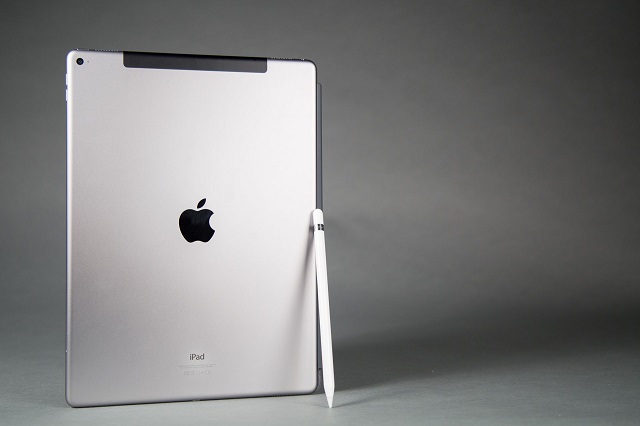MediaTek presents Deca-Core 10nm Helio X30 Chipset
MediaTek has now finally launched its next generation, the HelioX30, 10 core cell phone System-on-Chip. The X30 is the successor of the Helio X20 which was released last year. MediaTek presents Deca-Core 10nm Helio X30 Chipset. Though, MediaTek’s latest 64-bit Helio X30 comes with a modified processor structural design and is built on TSMC’s latest 10nm FinFET manufacturing progression. The Helion X30 features 8GB of LPDDR4 RAM and UFS02.1 for quick access to the internal storage. It will also back dual camera of up to 26-megapixels in resolutions and MediaTek have included Category 12 LTE for the modem and the chipset can comprehend up to three carrier bands. For the graphics, MediaTek has incorporated PowerVR 7XT quad-core GPU, which would be sufficient enough for practical authenticity work.
Regarding the application cores, the Helio X30 is featuring an improved deca-core plan. There are three levels of processor cores, which possibly could be deemed as the same way to apparatus in an automobile’s transmission. The chipset establishes the best arrangement of keys to function depending on the workload it is practicing. The lowest level comprises of a quad core collection of cores of ARM Cortex-A35 cores, which is clocked at up to 2.0GHz. The ARM Cortex-A35 is a high competence, low powered application base which is designed for small workloads. The middle level features a quad-core ARM Cortex-A53, which has been a foundation of the chip business for quite some time now. This exacting cluster probably is clocked at 2.2GHz. Lastly, the performance cluster comprises of the dual core ARM Cortex A72 element, which is probably clocked at 2.8GHz. The ARM Cortex-A72 is a revised high-performance ARM processor core, and it is also the successor to the ARM Cortex-A57.
The smaller the size of the processor, quicker the chipset can be as the electrons have a lesser distance to travel and the lower energy is required to drive the chipset. It is important to lower the voltage because heat generation and power use are directly proportional to the voltage applied.
A small diminution in energy will considerably reduce the power usage and the unrequired heat produced by the chipset. As for the availability of the MediaTek Helio X30, it looks like the company is facing the delay in manufacturing 10nm. The new chipset will not be offered until mid-2017.







